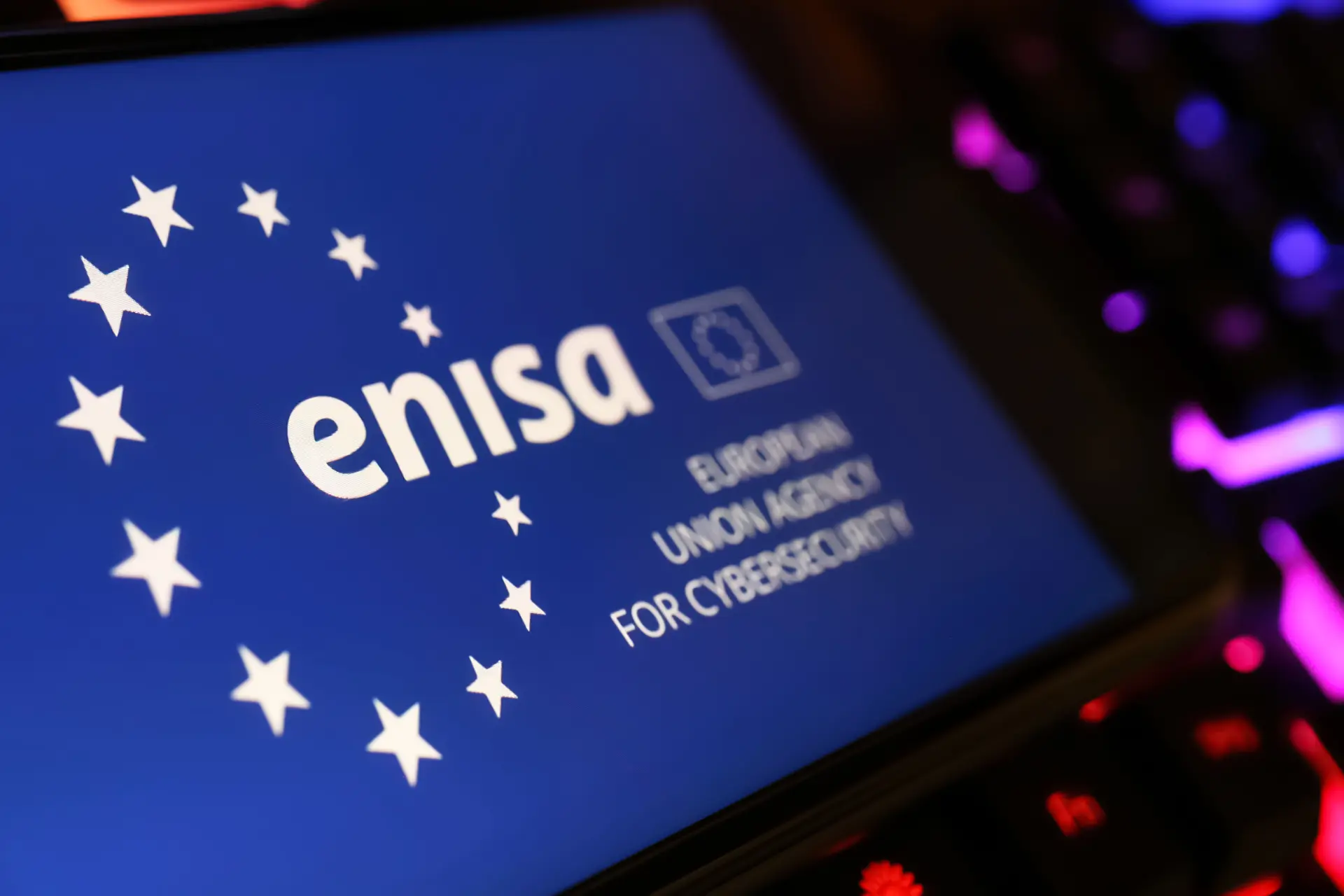Table of contents
- A deep dive into strengthening Europe’s cyber resilience
- Three key priorities for a stronger digital security framework
- The most mature sectors and those at risk
- Building a more resilient Europe
A deep dive into strengthening Europe’s cyber resilience
The European Union Agency for Cyber Security (ENISA) has released its first NIS360 report, a new tool designed to assess the maturity and criticality of sectors covered by the NIS2 Directive.
This initiative aims to give national authorities and regulators a clear overview of the current landscape, helping them set priorities, address vulnerabilities, and develop strategies to enhance cyber resilience across the EU.
Three key priorities for a stronger digital security framework
The NIS360 report outlines three crucial areas to focus on to bolster Europe’s cyber security infrastructure:
- Stronger collaboration within and between sectors through community-building initiatives and EU-wide cooperation;
- Sector-specific guidelines to provide clear implementation strategies for the NIS2 Directive;
- Cross-border regulatory alignment, ensuring a coordinated approach to threat management and crisis response.
The most mature sectors and those at risk
The report highlights that electricity, telecommunications, and banking are the most mature cyber security sectors, benefiting from substantial investments, strict regulations, and robust public-private partnerships. However, several other critical sectors still face significant vulnerabilities.
The NIS360 identifies six high-risk sectors in need of urgent improvements:
- ICT service management
Facing regulatory complexities due to its cross-border nature.
- Space sector
Struggling with low cyber security awareness and reliance on commercial off-the-shelf components.
- Public administrations
Frequent targets of cyber attacks with uneven security maturity levels.
- Maritime industry
Dealing with security challenges in Operational Technology (OT).
- Healthcare sector
Facing risks from outdated medical devices and complex supply chains.
- Gas industry
Requiring enhanced incident response strategies and better integration with the electricity sector.
Building a more resilient Europe
Based on data from national authorities, businesses, and EU sources, the NIS360 report provides a clear roadmap for strengthening cyber resilience.
As ENISA’s Executive Director Juhan Lepassaar pointed out, bridging the gap between highly mature and vulnerable sectors is essential. The goal is to equip industries with practical tools and strategies to safeguard Europe’s digital ecosystem.
